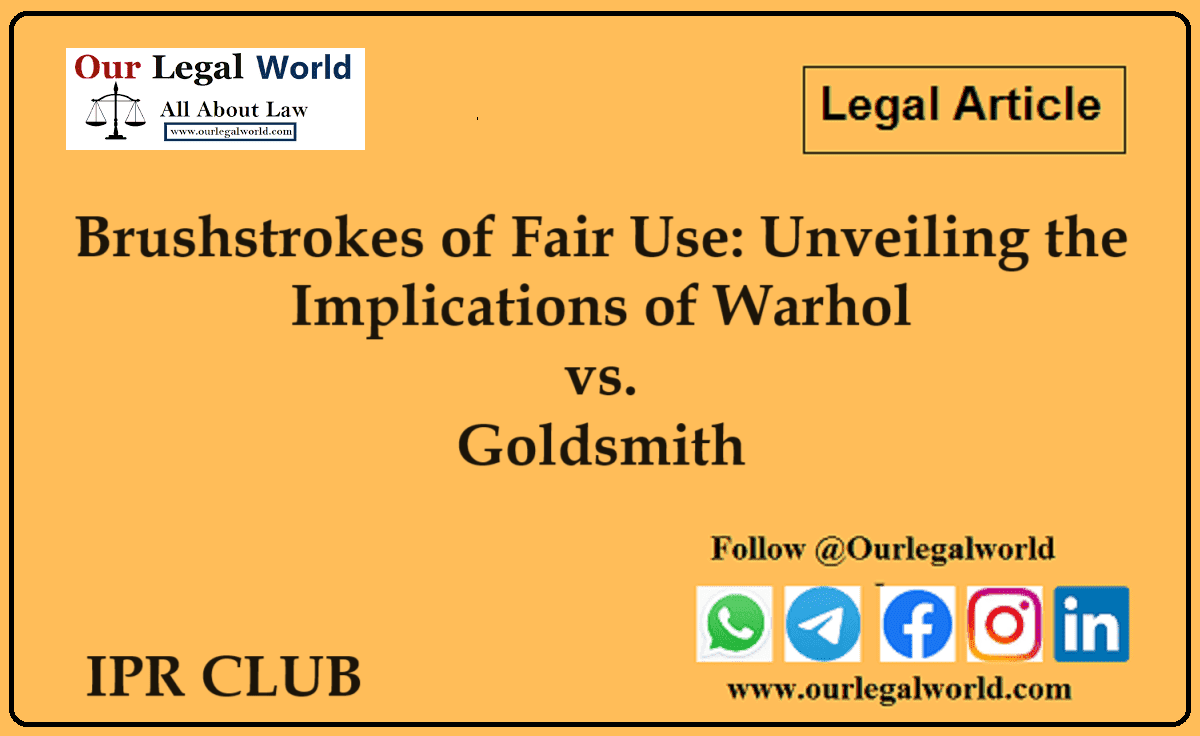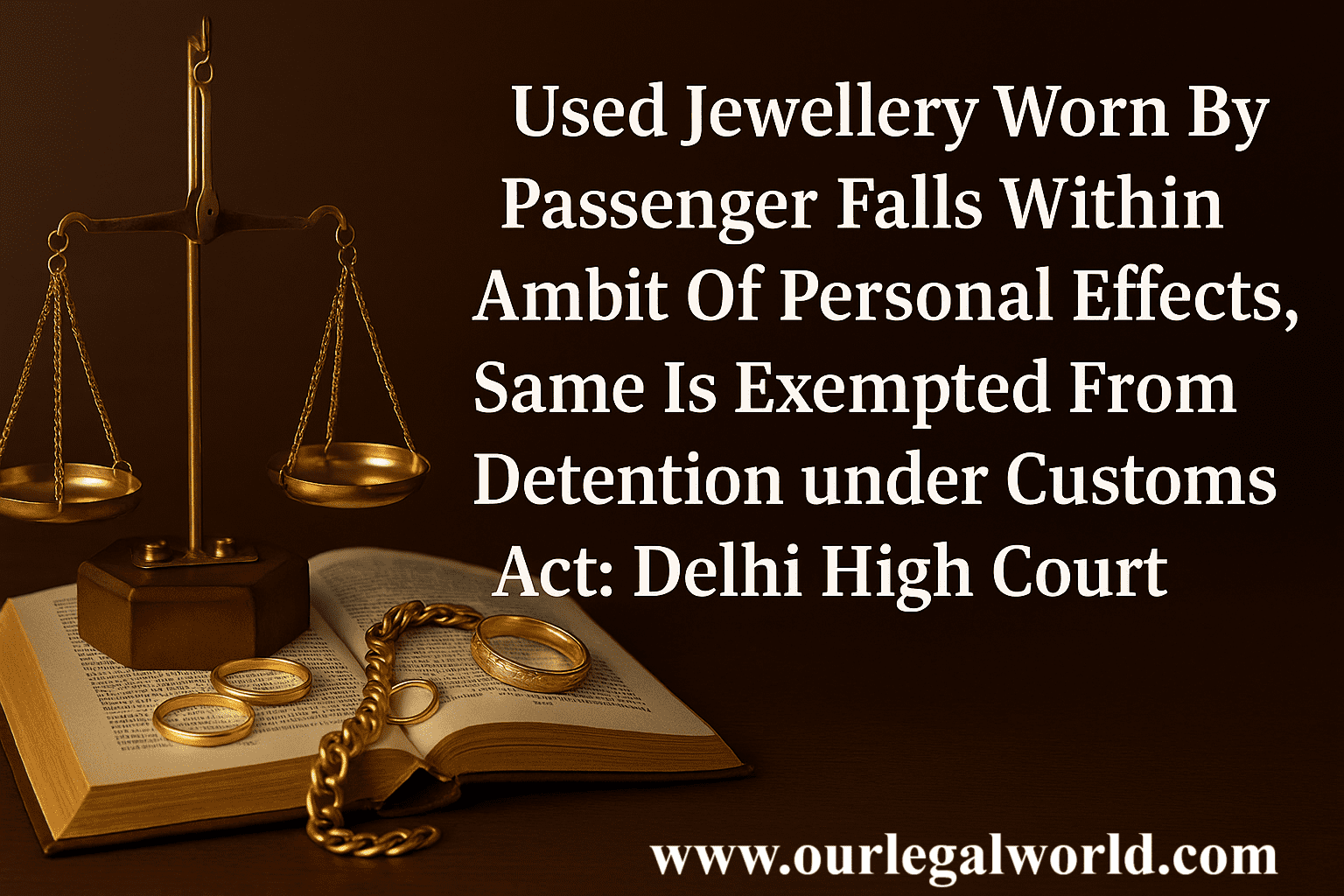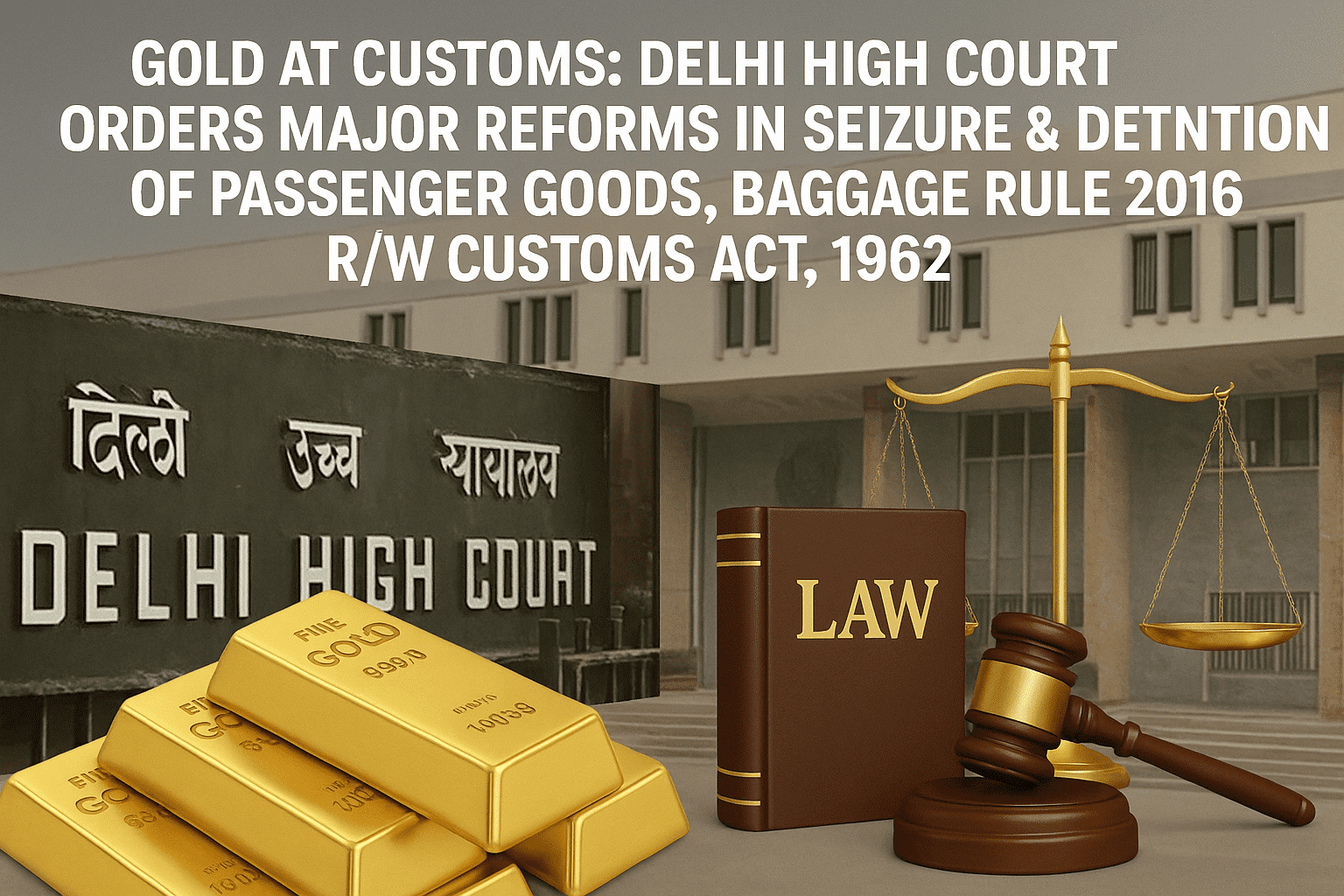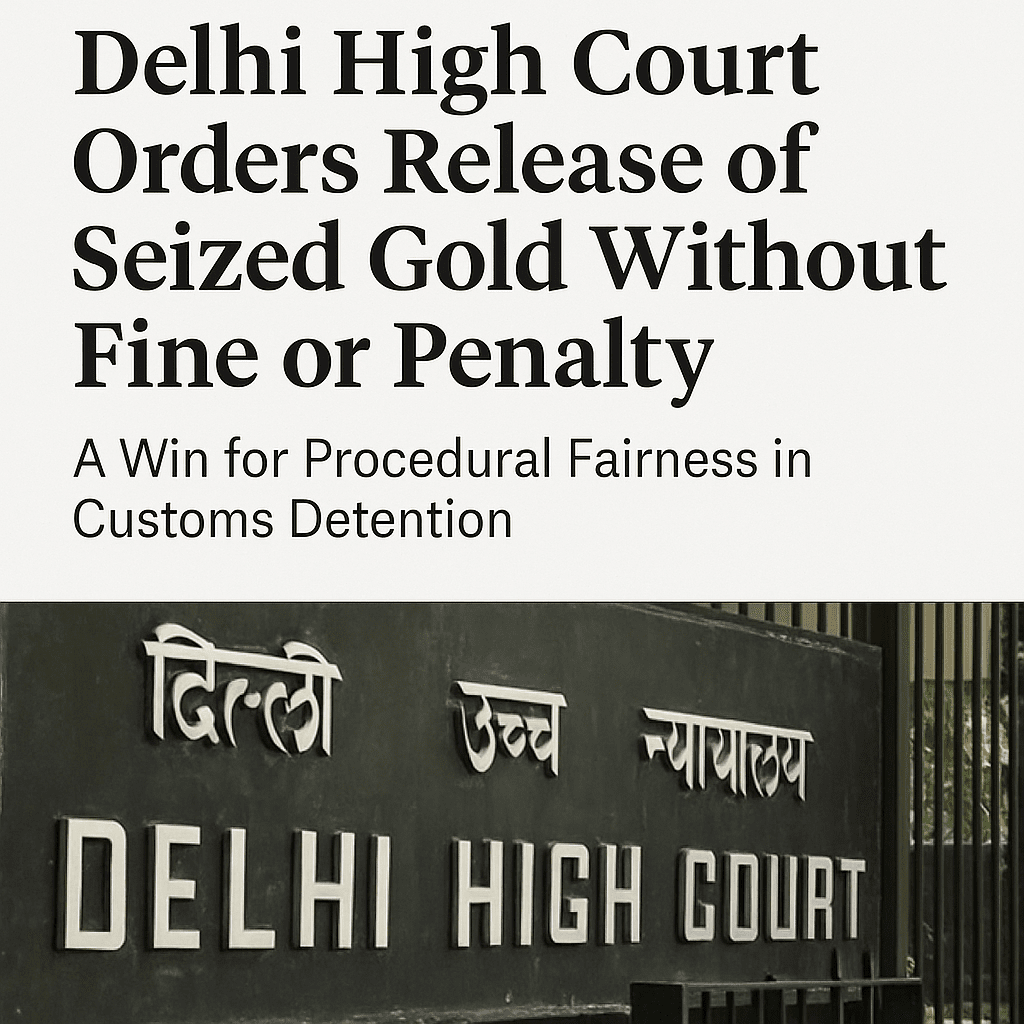Brushstrokes of Fair Use: Unveiling the Implications of Warhol vs. Goldsmith
Written by:- Yugandhara Wakde, {DES Shri Navalmal Firodia College of Law, Pune}
Abstract
The idea of fair use has frequently been used in copyright law to describe the delicate balance between upholding creators’ rights and encouraging innovation. The fair use environment has become increasingly challenging as an outcome of the recent Supreme Court ruling in Warhol v. Goldsmith, a case predicated upon a print by Andy Warhol of the iconic musician, Prince. In addition to highlighting the importance of the “purpose and character” aspect in fair use analysis, the Supreme Court’s 7-2 decision limits the defence, especially for people who utilize copyrighted content for commercial purposes.
A vital safety is provided by the fair use doctrine, which permits the use of copyrighted content in some situations without the need for consent from or payment to the copyright owner. A four-factor test serves as the foundation for this philosophy, with each factor contributing to assess if a particular usage is fair.
Examining these four elements, with a primary emphasis on the “purpose and character” component, is the critical component of the Warhol v. Goldsmith case.
Introduction
One crucial exemption to copyright protection in the U.S. is the Fair Use Doctrine, codified in Section 107 of the Copyright Act of 1976. The roots of it can be witnessed in the Folsom v. Marsh case from 1841, in which the court addressed the fictitious use of George Washington’s private letters without the owner’s consent. This concept, developed by judges, became a fundamental component of copyright law over time by carefully balancing the rights of writers with the interests of the general public.
In Folsom v. Marsh, the court decided that using a little excerpt of George Washington’s letters for academic purposes did not violate copyright. This ruling established the foundation for the Fair Use Doctrine by highlighting factors such as the nature, intent of the use; the amount, value of the materials used; and the prospective impacts on sales or profits from the original work. The fair use analysis is still based on these standards, which were established in the 1800s. Recognizing the inherent tension between protecting copyright and fostering progress, courts continued to shape the doctrine.
The 1976 Copyright Act codified the Fair Use Doctrine, formalizing its status as an affirmative defence against copyright infringement. As stated in Section 107 of the Act, Courts must take into account four factors under the Fair Use Doctrine, while deciding whether or not using copyrighted material is fair. Determining the fairness of a specific use involves considering several factors, including the nature of the copyrighted work, the purpose and character of the use, the quantity and quality of the portion used, and the impact on the market value.
Section 107’s legislative intent becomes especially important in an era of fast technological innovation. The statute’s inherent flexibility makes it possible for the doctrine to adjust to new difficulties brought about by developing technology, guaranteeing that fair use will always strike a balance between upholding artists’ rights and encouraging innovation for society as a whole.
The Congress intended to give a doctrine that had served as a reliable defence in copyright cases a formal basis when it introduced Section 107 of the Copyright Act. It stressed the existence of established standards that are applied by the courts, even though it acknowledged the lack of a precise definition. These standards were then included in the text of the statute.
Factual Matrix of the Case: Warhol vs. Goldsmith
Condé Nast received a $10,000 licence to use the image of “Orange Prince” from the Andy Warhol Foundation for the Visual Arts (AWF) in 2016. “Orange Prince” is a piece from Andy Warhol’s Prince Series (a collection of 16 pieces) based upon a 1981 photo taken by Lynn Goldsmith that is protected by copyright.
In 1981, Newsweek hired Lynn Goldsmith to take a picture of musician Prince, and the magazine included one of her images. Subsequently, Goldsmith gave Vanity Fair a restricted licence to use one of her pictures of Prince as an “artist reference for an illustration,” requiring it to be used just once.
Using Goldsmith’s shot as inspiration, Vanity Fair asked Warhol to make an illustration. The result was a purple silkscreen portrait of Prince in the November 1984 issue. Goldsmith received $400 from the magazine for the use of the “source photograph” and was given credit for it.
When Condé Nast learned about the Prince Series in 2016, following Prince’s passing, they decided to obtain a licence to print ‘Orange Prince’ rather than duplicate the 1984 Vanity Fair image for a special edition magazine.
When Goldsmith noticed “Orange Prince” on the cover of a Condé Nast magazine in 2016, she learned about the Prince Series and informed AWF of her suspicions regarding copyright infringement.
Then, AWF filed a lawsuit against Goldsmith, requesting a declaratory judgement of fair use or noninfringement.
The Court of Appeals overturned the District Court’s fair use summary judgment award to AWF, concluding that Goldsmith was the beneficiary of all four fair use considerations.
The only issue that remains for the Supreme Court to decide is whether AWF’s recent commercial licencing to Condé Nast was justified under the first fair use element, which is based on the usage’s character and purpose, including its commercial nature.
Google LLC v. Oracle Am., Inc.
The Java S.E. computer platform, which lets programmers use the Java language to create programs that run on any desktop or laptop, is owned by plaintiff Oracle America, Inc. through a copyright. Implementation code on the Java S.E. platform directs the computer on how to carry out specific jobs, in addition to declaring code that gives the computer the names of all the tasks it can perform and indicates where each task is located in the platform’s organizational structure. When a developer wants to summon the implementing code for a job, they use and learn about certain “method calls,” which interact with the declaring code.
When it developed Android, its mobile platform, Google wrote millions of lines of new code, including all of its own implementing code. In order to facilitate the development of Android applications by programmers with prior knowledge of Java, Google replicated around 11,500 lines of declaration code and the underlying organizational structure from the Java S.E. platform. The jury at trial determined that Google had violated Oracle’s copyright, but it couldn’t agree on whether Google’s copying qualified as fair use. On the other hand, the district court rendered a decision in favour of Google after concluding that the declaring code was not legally protected by copyright.
Also Read: COPYRIGHT INFRINGEMENT IN INDIAN CONTEXT: OFFENCE AND IMPLICATIONS
The doctrine of Fair Use
As per the U.S. Copyright Office, it is permissible to use limited portions of a work under ‘fair use’, including quotes, for purposes such as commentary, criticism, news reporting, and scholarly reports.
In multifarious cases, the doctrine of fair use has prevailed as a defence in claims of copyright infringement. It dates back to when the concept of copyright protection was incorporated into intellectual property to protect art and science. It protects and permits the possibilities and exceptions that are parody, education, criticism, etc., restricting universal control of copyright owners.
It ensures a balance between protection and permission. A distinction is drawn between unauthorized utilization and legitimate inspiration from another’s work. Making ‘fair use’ of an older pre-existing work is not considered an infringement, a violation. Such exemptions are essential in copyright law, as much as in free speech.
Conclusion
In conclusion, the Fair Use Doctrine continues to be a keystone in the delicate balance between copyright protection and the public interest. It was born out of judicial need and later codified in the Copyright Act 1976. Since its inception in a case concerning George Washington’s correspondence, fair use has developed into a complex legal theory that takes into account the rapidly evolving fields of creativity, technology, and societal demands.







![Tax Law Internship at Legum Attorney [Chamber of Ashish Panday], Delhi : Apply by 15th May 2025](https://www.ourlegalworld.com/wp-content/uploads/2025/05/IMG_0113-min.png)

